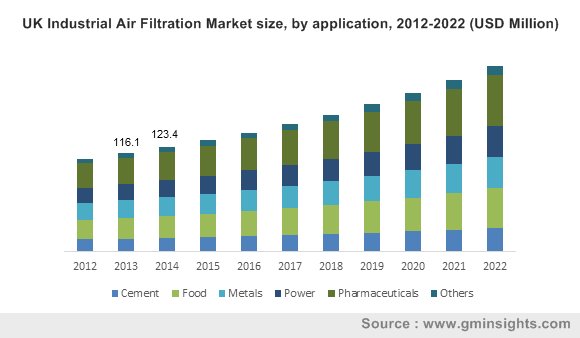The Ultimate Overview To Comprehending Heat Pumps - How Do They Work?
The Ultimate Overview To Comprehending Heat Pumps - How Do They Work?
Blog Article
Web Content Writer-Hoppe Gylling
The best heatpump can conserve you substantial amounts of cash on energy expenses. They can additionally help reduce greenhouse gas emissions, particularly if you use power in place of fossil fuels like propane and heating oil or electric-resistance heating systems.
Heatpump function very much the like a/c do. This makes them a practical choice to conventional electrical home furnace.
Just how They Work
Heat pumps cool down homes in the summer and, with a little assistance from power or gas, they give a few of your home's home heating in the winter season. They're an excellent option for people that want to minimize their use nonrenewable fuel sources but aren't prepared to change their existing heating system and cooling system.
They rely upon the physical reality that even in air that appears as well cold, there's still energy existing: cozy air is constantly relocating, and it intends to move into cooler, lower-pressure environments like your home.
A lot of power STAR licensed heat pumps run at near their heating or cooling capacity throughout a lot of the year, minimizing on/off biking and conserving energy. For the very best performance, focus on systems with a high SEER and HSPF score.
The Compressor
The heart of the heat pump is the compressor, which is likewise called an air compressor. This mechanical flowing gadget utilizes potential power from power production to boost the stress of a gas by decreasing its volume. It is different from a pump in that it just works on gases and can not work with fluids, as pumps do.
Atmospheric air gets in the compressor through an inlet valve. It travels around vane-mounted arms with self-adjusting length that split the interior of the compressor, creating numerous cavities of differing size. The blades's spin forces these tooth cavities to move in and out of phase with e ac h other, compressing the air.
The compressor reels in the low-temperature, high-pressure refrigerant vapor from the evaporator and presses it into the hot, pressurized state of a gas. This procedure is repeated as required to supply heating or air conditioning as required. The compressor also includes a desuperheater coil that recycles the waste heat and adds superheat to the refrigerant, changing it from its fluid to vapor state.
The Evaporator
The evaporator in heat pumps does the same point as it performs in refrigerators and a/c unit, altering liquid refrigerant into an aeriform vapor that removes warm from the area. Heat pump systems would not function without this critical tool.
This part of the system lies inside your home or building in an interior air handler, which can be either a ducted or ductless system. It contains an evaporator coil and the compressor that presses the low-pressure vapor from the evaporator to high pressure gas.
Heat pumps take in ambient warmth from the air, and then use power to transfer that warm to a home or company in heating mode. That makes them a lot much more energy efficient than electrical heaters or furnaces, and due to the fact that they're making use of tidy electrical power from the grid (and not melting gas), they likewise produce far fewer exhausts. That's why heatpump are such excellent ecological options. (As well as a huge reason they're becoming so preferred.).
The Thermostat.
Heat pumps are wonderful options for homes in chilly climates, and you can utilize them in mix with conventional duct-based systems and even go ductless. They're a wonderful different to nonrenewable fuel source heating unit or standard electrical heaters, and they're more sustainable than oil, gas or nuclear a/c equipment.
Your thermostat is one of the most important component of your heat pump system, and it works extremely differently than a conventional thermostat. air conditioning with installation (all non-electronic ones) work by using substances that transform size with increasing temperature, like coiled bimetallic strips or the expanding wax in an automobile radiator shutoff.
These strips include two various kinds of steel, and they're bolted with each other to form a bridge that completes an electrical circuit attached to your cooling and heating system. As the strip gets warmer, one side of the bridge broadens faster than the other, which creates it to flex and signal that the heating unit is required. When the heatpump remains in home heating mode, the turning around shutoff turns around the circulation of cooling agent, so that the outdoors coil now works as an evaporator and the interior cylinder becomes a condenser.